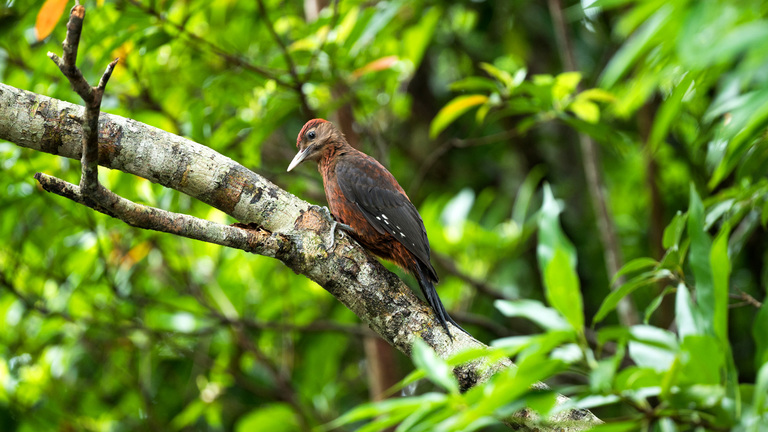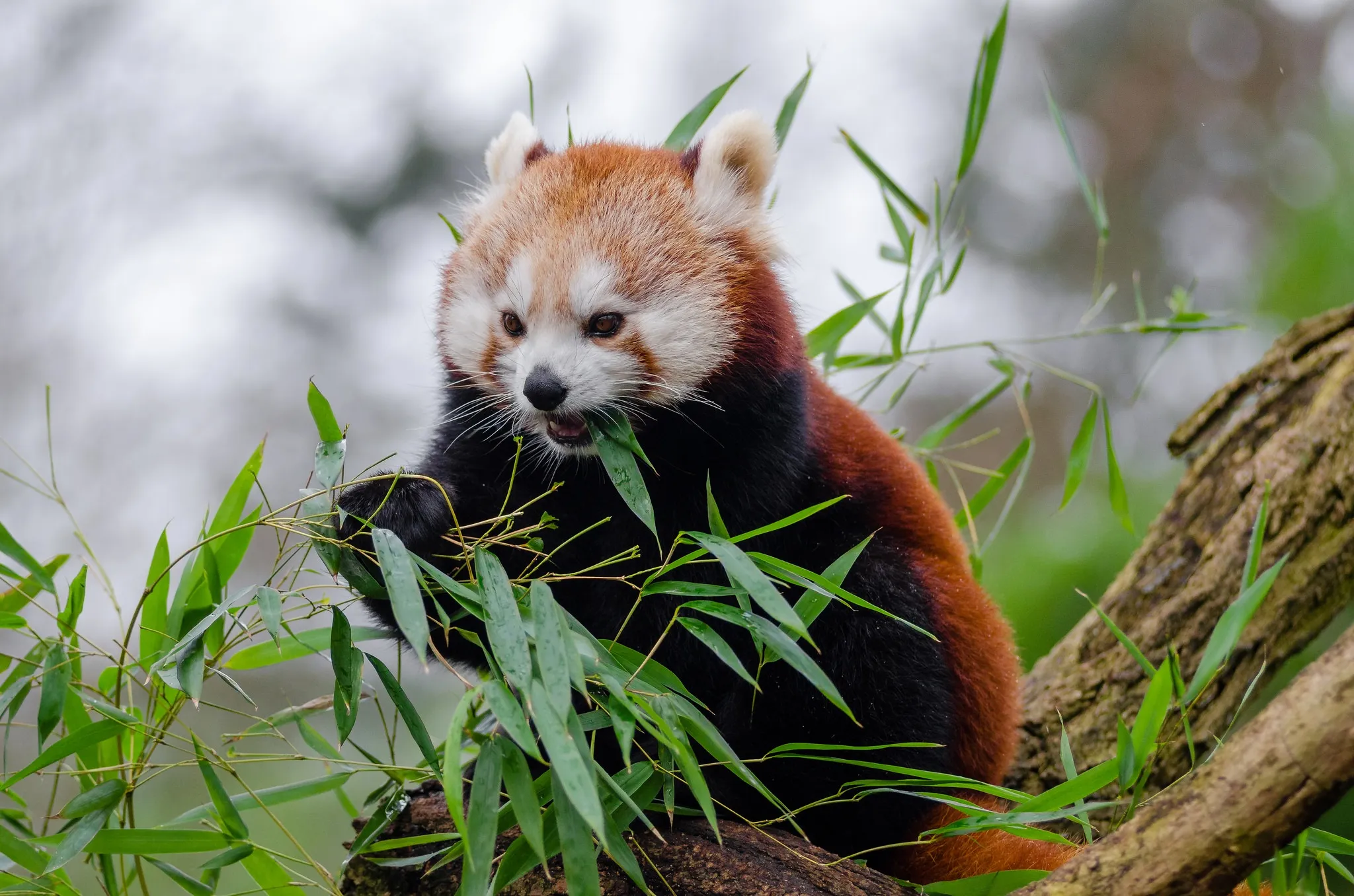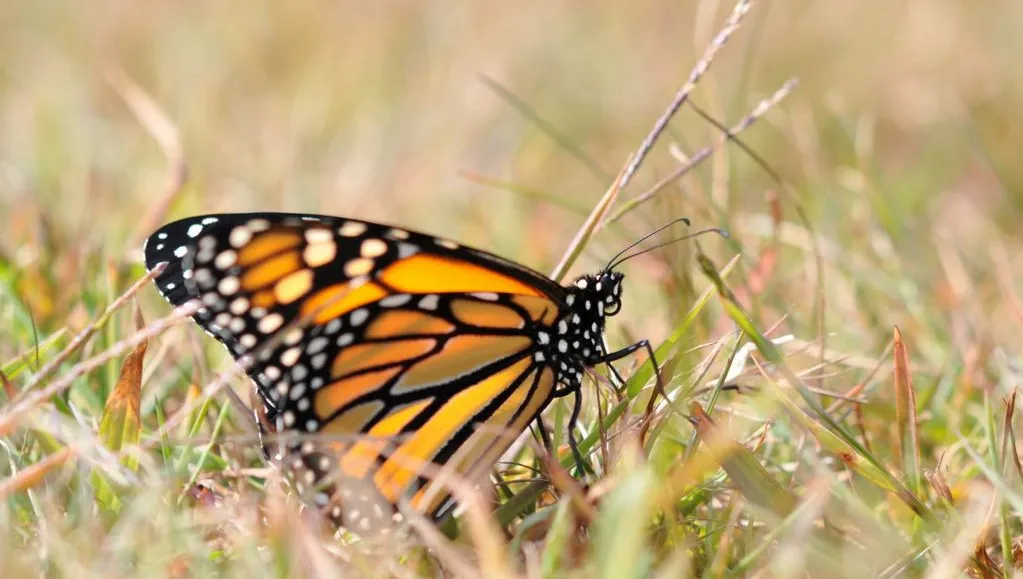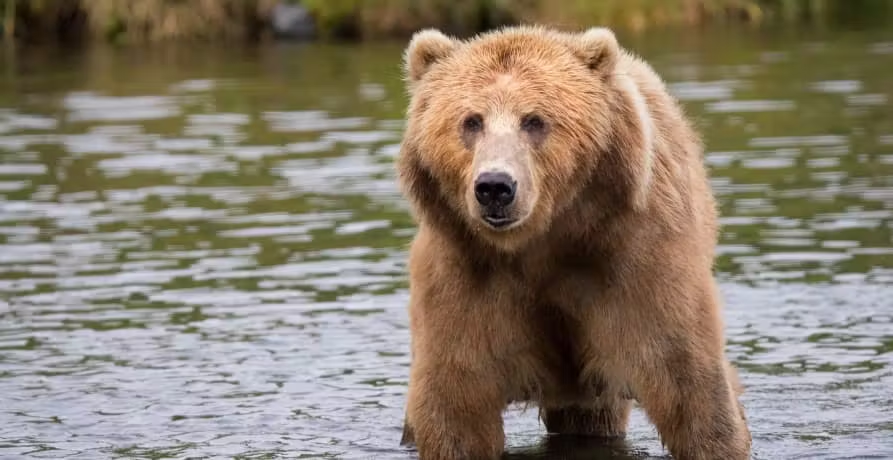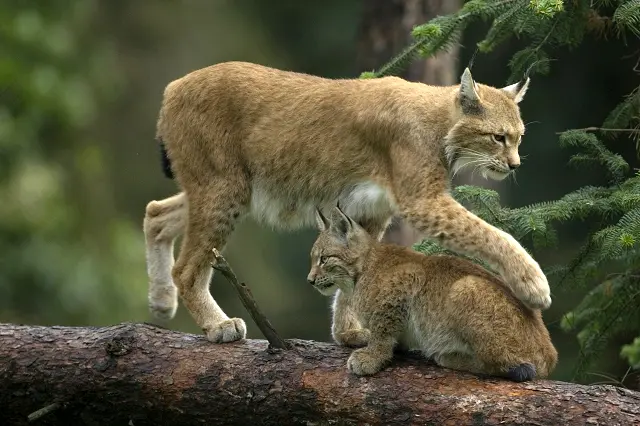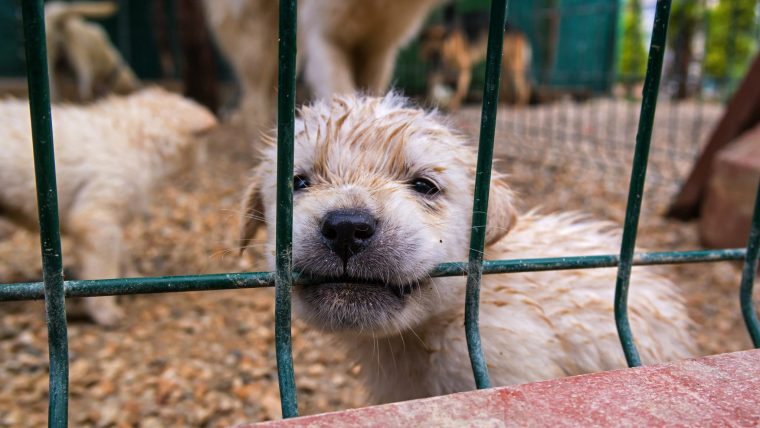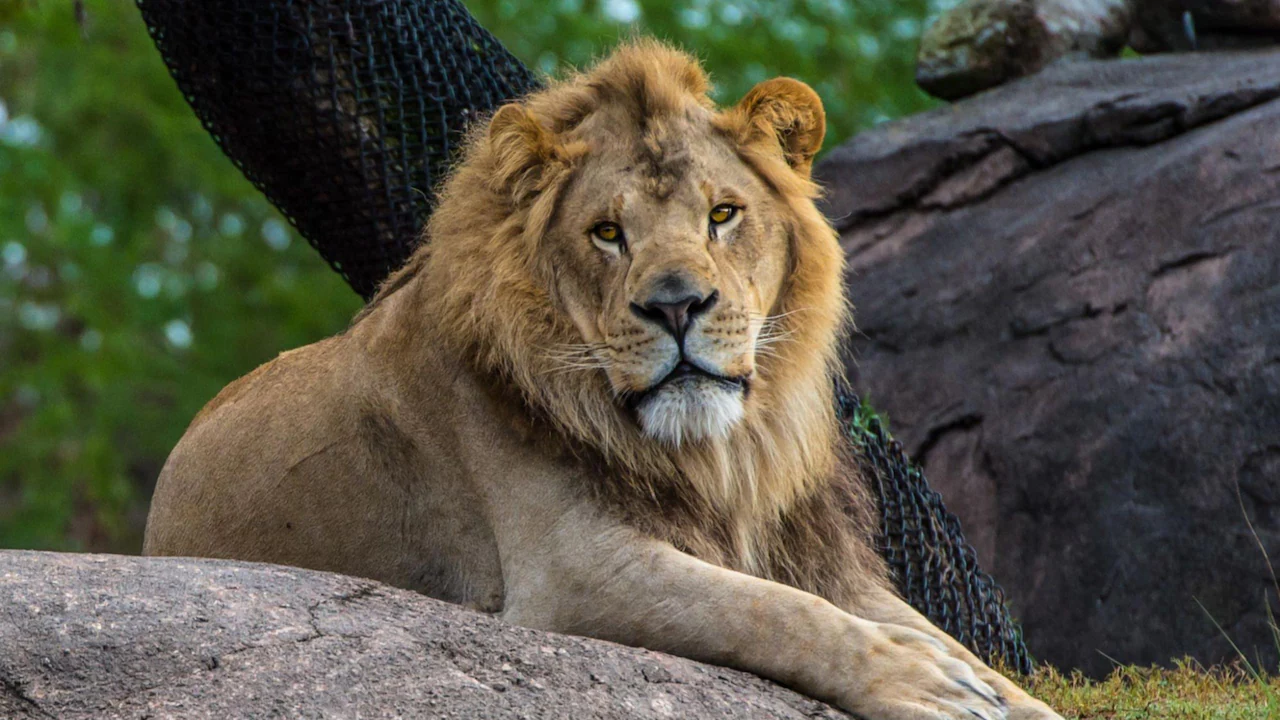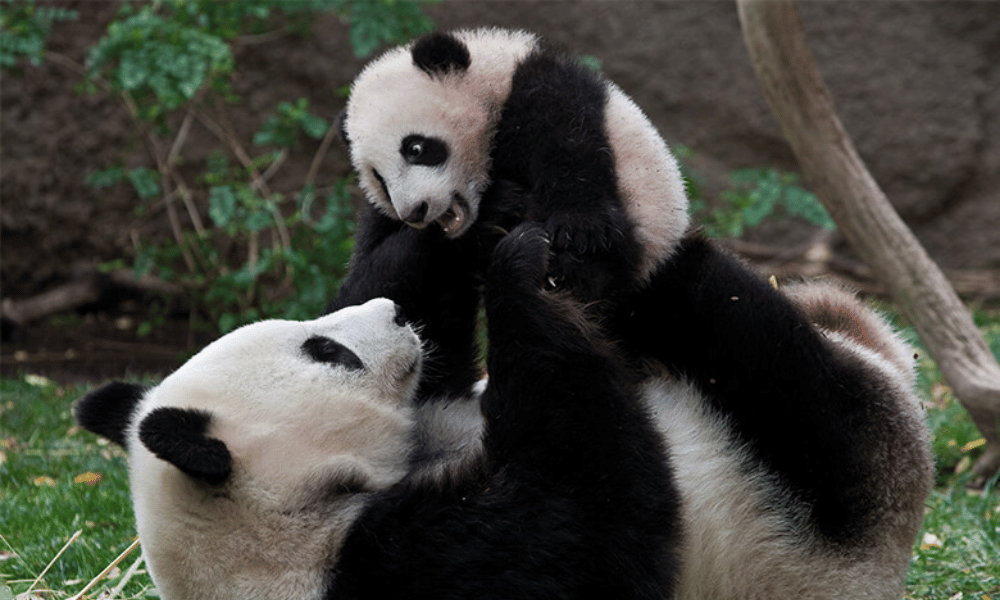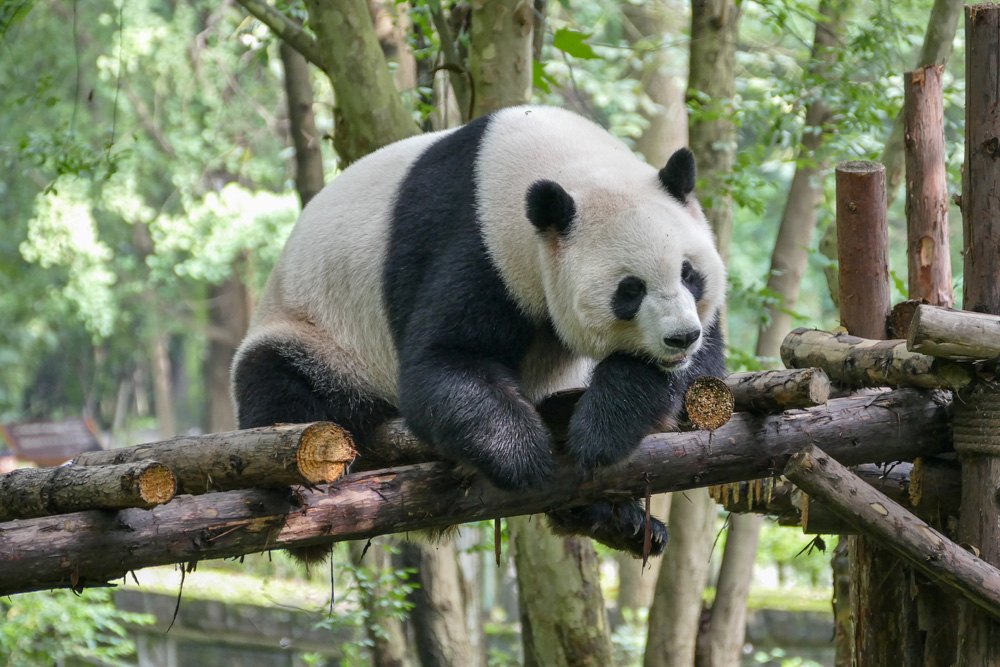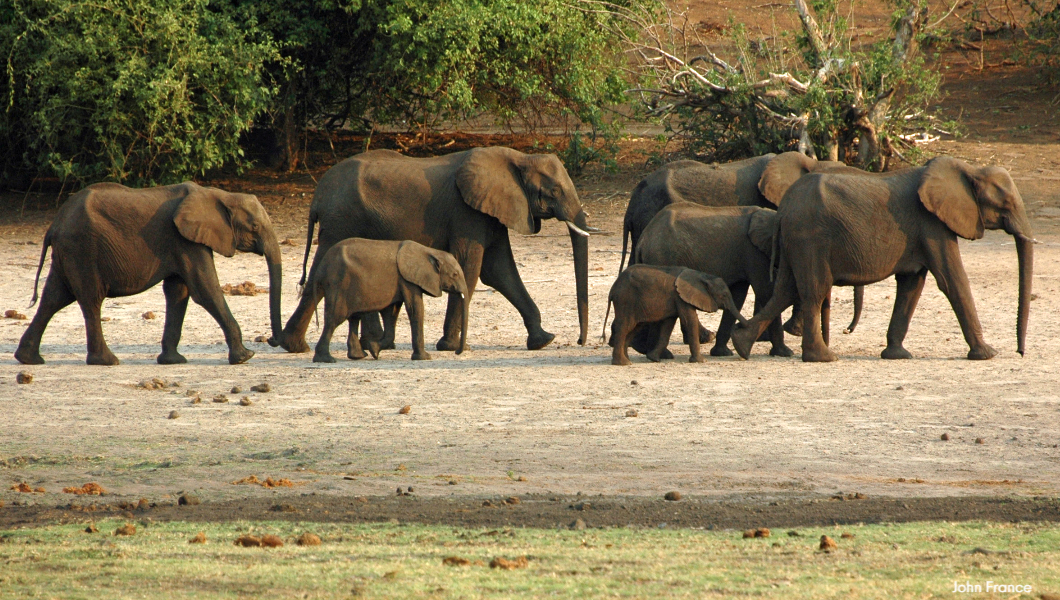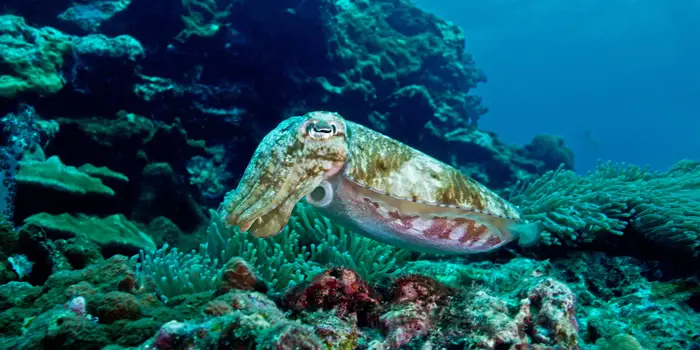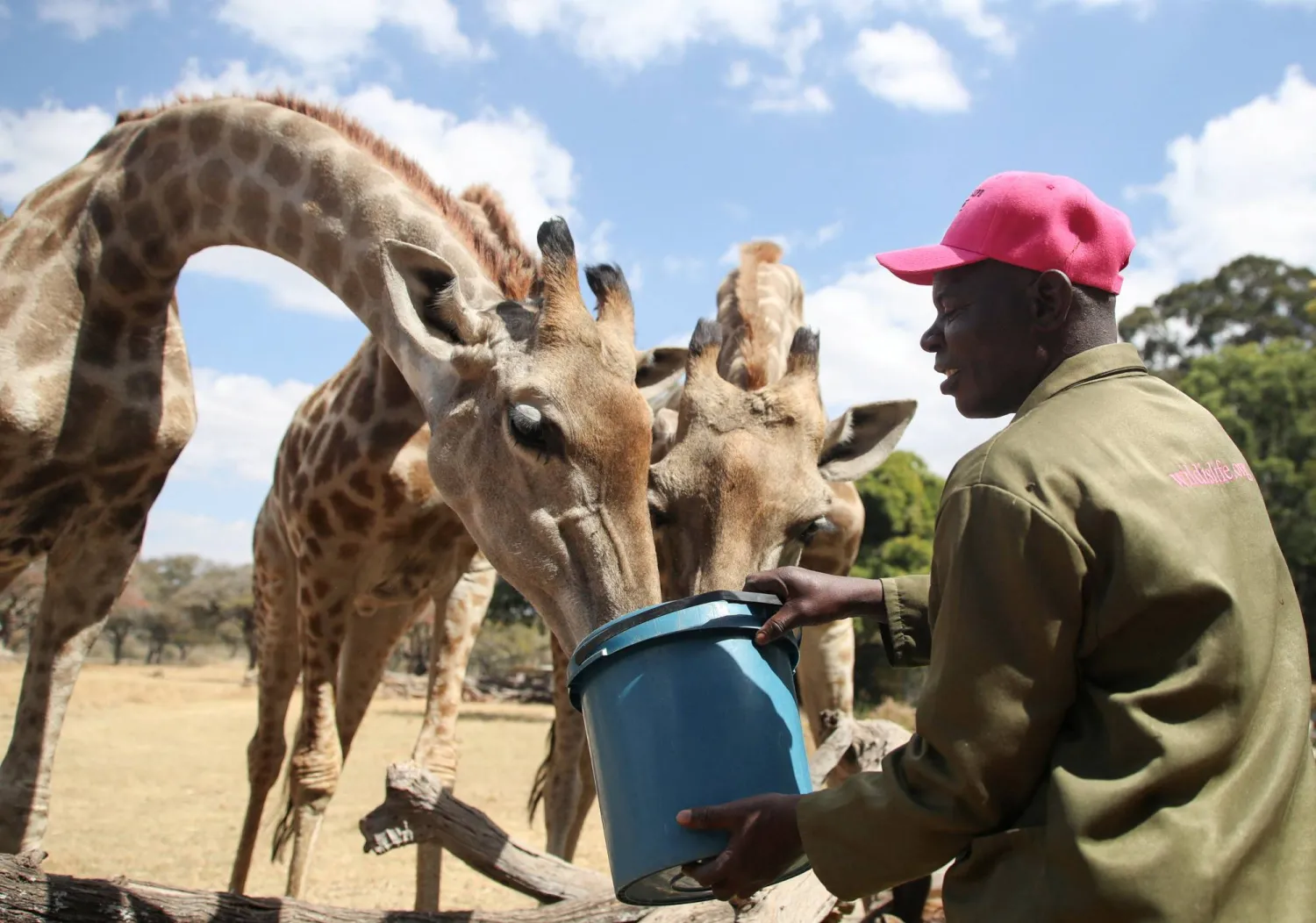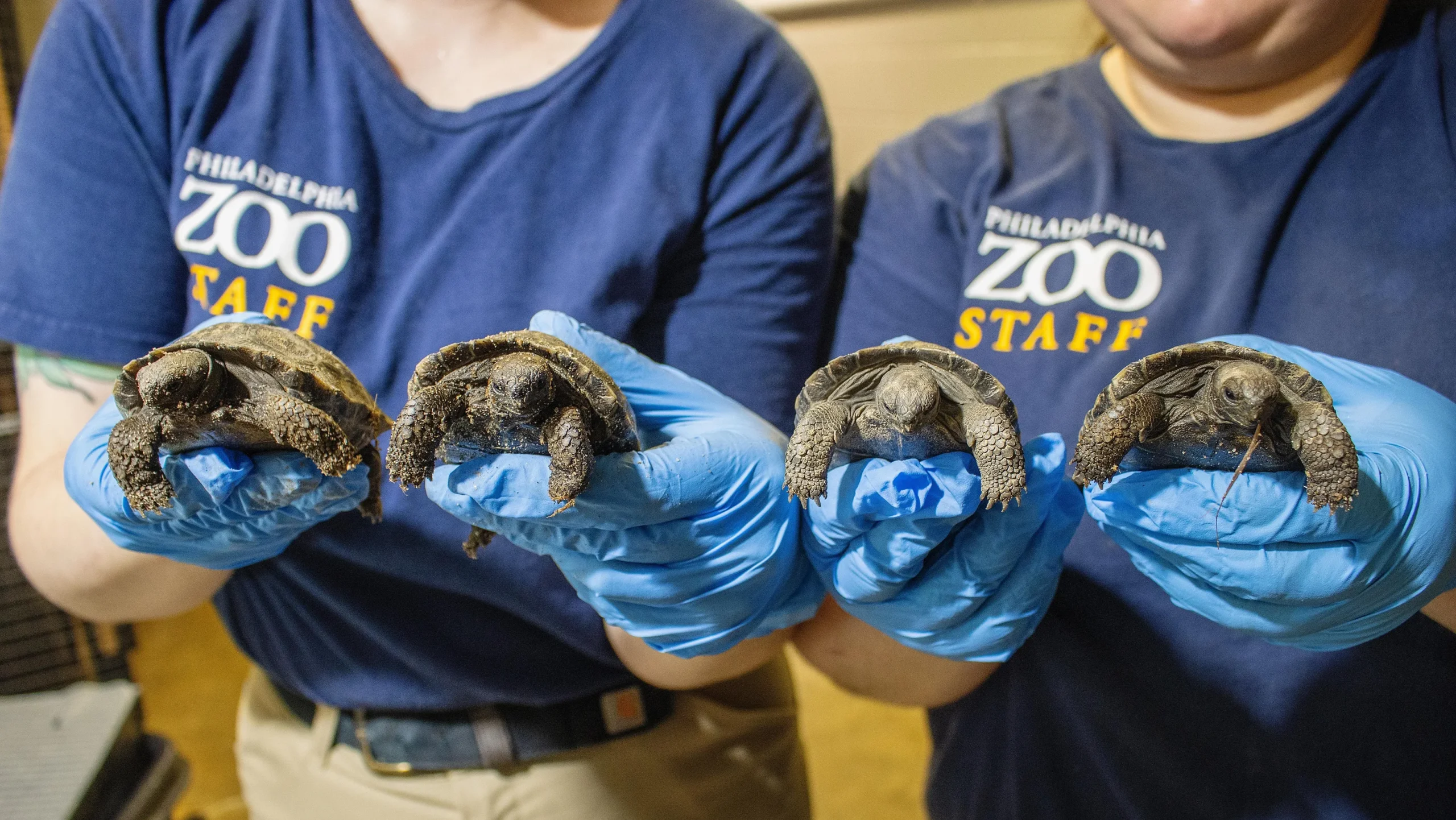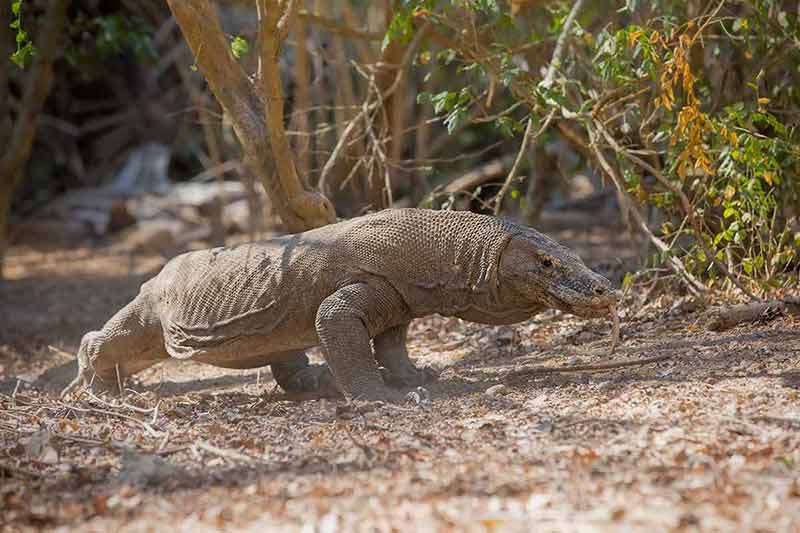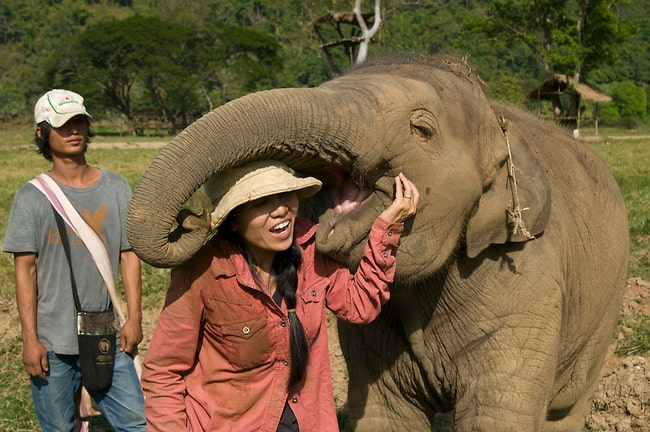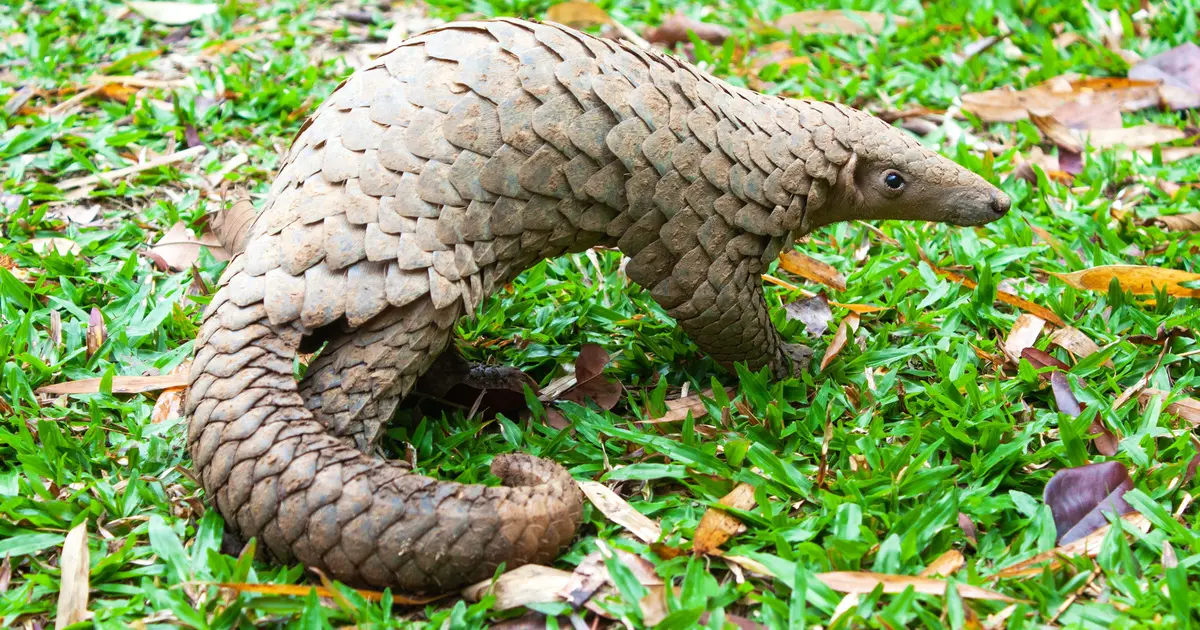Asia’s vast landscapes, from the frozen Siberian tundra to the lush rainforests of Indonesia, are home to some of the world’s most unique and awe-inspiring creatures. Yet, many of these animals teeter on the brink of extinction, their survival threatened by human activities like poaching, habitat loss, and climate change. As someone who’s traveled through Southeast Asia and witnessed the beauty of its wildlife—like the fleeting glimpse of a gibbon swinging through the trees in Laos—I’ve seen how fragile these ecosystems are. This article dives into 18 of Asia’s most endangered animals, offering insights into their struggles, the threats they face, and how we can help save them.
Why Asia’s Wildlife Is at Risk
Asia’s rapid development, growing human population, and demand for wildlife products have pushed many species toward extinction. Deforestation for palm oil, illegal poaching, and climate change are wreaking havoc on fragile ecosystems. Understanding these threats is the first step to protecting the continent’s biodiversity.
Habitat Loss and Fragmentation
Deforestation for agriculture, logging, and urban expansion is stripping animals of their homes. For example, the palm oil industry in Indonesia has decimated orangutan habitats, leaving them with nowhere to go. Entire forests vanish, replaced by plantations, isolating populations and reducing genetic diversity.
Poaching and Illegal Wildlife Trade
Poaching fuels a multi-billion-dollar black market, with animals like pangolins and rhinos hunted for their scales and horns. The demand for exotic pets and traditional medicines drives this crisis, often outpacing conservation efforts. In 2020, China banned pangolin use in traditional medicine, a step forward, but illegal trade persists.
Climate Change Impacts
Rising temperatures and changing weather patterns disrupt ecosystems, affecting species like the snow leopard, whose high-altitude habitats are shrinking. Droughts and floods further stress already vulnerable populations, pushing them closer to extinction.
The 18 Most Endangered Animals in Asia
Below is a curated list of 18 critically endangered or endangered animals in Asia, based on the IUCN Red List and recent conservation data. Each faces unique threats, but their survival is vital to their ecosystems.
1. Javan Rhino
The Javan rhino, with only about 18 individuals left in Ujung Kulon National Park, Indonesia, is one of the rarest mammals on Earth. Poaching for their horns and habitat loss have driven them to the edge. Conservation efforts, like anti-poaching patrols, are critical but face funding challenges.
2. Sumatran Rhino
With just 30 individuals remaining in fragmented forests of Sumatra and Borneo, the Sumatran rhino is critically endangered. Deforestation for palm oil and illegal horn trade threaten their survival. Captive breeding programs offer hope, but success has been limited.
3. Sumatran Orangutan
Sumatran orangutans, numbering around 14,000, face habitat loss from logging and palm oil plantations. These intelligent primates, which I saw swinging gracefully in Sumatra’s forests, are vital seed dispersers. Conservation groups like WWF are working to protect their habitats.
4. Sunda Pangolin
Sunda pangolins, found across Southeast Asia, are critically endangered due to poaching for their scales and meat. They’re among the most trafficked animals globally, with one captured every three minutes. Bans on their trade are in place, but enforcement is weak.
5. Chinese Pangolin
The Chinese pangolin, native to southern China, is critically endangered due to illegal hunting for traditional medicine. Their population has plummeted, with few left in the wild. China’s 2020 protection upgrade is promising, but poaching remains a threat.
6. Philippine Pangolin
This elusive pangolin, found only in the Philippines, faces extinction from poaching and habitat loss. Their nocturnal nature makes them hard to study, but estimates suggest critically low numbers. Local conservation efforts are crucial to their survival.
7. Eastern Black Crested Gibbon
With fewer than 250 mature individuals in Vietnam and China, this gibbon has suffered an 80% population drop due to logging and agriculture. Their haunting songs once filled forests, but now they’re confined to small reserves. Restoration projects offer some hope.
8. Myanmar Snub-Nosed Monkey
Restricted to northern Myanmar, this monkey, with a population of 350–400, faces threats from logging and unintentional trapping. Discovered only in 2010, their unique upturned noses make them a conservation priority. Protected zones are being established to save them.
9. Tonkin Snub-Nosed Monkey
Found in Vietnam, this primate has just 80–100 individuals left. Hunting for their bones and habitat loss from infrastructure development are major threats. Conservationists are working to expand protected areas to ensure their survival.
10. Delacour’s Langur
This striking black-and-white monkey, native to Vietnam, is critically endangered with fewer than 200 individuals. Deforestation and hunting for traditional medicine have decimated their numbers. Community-based conservation is helping, but time is running out.
11. Sumatran Tiger
With under 400 individuals, the Sumatran tiger roars defiantly in Indonesia’s shrinking forests. Palm oil plantations and poaching for their pelts threaten their existence. Strict anti-poaching laws in Indonesia are a step forward, but enforcement is inconsistent.
12. South China Tiger
Once roaming southern China, this tiger is now functionally extinct in the wild, with about 60 in zoos. Habitat destruction and hunting since the 1950s have erased them from the wild. Reintroduction programs are under consideration but face huge challenges.
13. Asian Elephant
Asian elephants, with around 40,000 left, face habitat loss and human-wildlife conflict. In Sumatra, I saw elephants wandering near villages, a sign of shrinking forests. WWF’s work in places like Thirty Hills aims to protect their remaining strongholds.
14. Yangtze Finless Porpoise
This freshwater porpoise, found in China’s Yangtze River, is critically endangered due to pollution and overfishing. With fewer than 1,000 left, China’s 2021 fishing ban offers hope. Their playful nature makes them a symbol of river health.
15. Snow Leopard
Snow leopards, with 4,000–6,500 left in the Himalayas, face climate change and poaching for their fur. Their elusive nature makes conservation tricky, but community programs in Nepal are reducing human-wildlife conflict. Their survival depends on protected habitats.
16. Red-Headed Vulture
These vultures, found in India and Southeast Asia, have plummeted due to diclofenac poisoning from livestock carcasses. India’s ban on the drug has helped, but fewer than 10,000 remain. Programs like SAVE are vital for their recovery.
17. Sulu Hornbill
This striking bird, native to the Philippines, is critically endangered with fewer than 100 pairs left. Deforestation and hunting have decimated their mangrove habitats. Local conservation groups are working to restore their breeding grounds.
18. Proboscis Monkey
Found in Borneo, this odd-nosed monkey, with 1,000–2,000 left, is endangered by poaching for bushmeat and habitat loss. Their distinctive noses and social behavior make them unique. Conservation efforts focus on protecting mangrove forests.
Table: Key Threats and Conservation Status
| Animal | Population | Primary Threats | IUCN Status |
|---|---|---|---|
| Javan Rhino | ~18 | Poaching, habitat loss | Critically Endangered |
| Sumatran Rhino | ~30 | Poaching, deforestation | Critically Endangered |
| Sumatran Orangutan | ~14,000 | Palm oil plantations, logging | Critically Endangered |
| Sunda Pangolin | Unknown | Poaching, illegal trade | Critically Endangered |
| Chinese Pangolin | Unknown | Poaching, traditional medicine | Critically Endangered |
| Philippine Pangolin | Unknown | Poaching, habitat loss | Critically Endangered |
| Eastern Black Crested Gibbon | <250 | Logging, agriculture | Critically Endangered |
| Myanmar Snub-Nosed Monkey | 350–400 | Logging, trapping | Critically Endangered |
| Tonkin Snub-Nosed Monkey | 80–100 | Hunting, infrastructure | Critically Endangered |
| Delacour’s Langur | <200 | Deforestation, hunting | Critically Endangered |
| Sumatran Tiger | <400 | Palm oil plantations, poaching | Critically Endangered |
| South China Tiger | ~60 (zoos) | Habitat loss, hunting | Critically Endangered |
| Asian Elephant | ~40,000 | Habitat loss, human conflict | Endangered |
| Yangtze Finless Porpoise | <1,000 | Pollution, overfishing | Critically Endangered |
| Snow Leopard | 4,000–6,500 | Climate change, poaching | Vulnerable |
| Red-Headed Vulture | <10,000 | Diclofenac poisoning | Critically Endangered |
| Sulu Hornbill | <100 pairs | Deforestation, hunting | Critically Endangered |
| Proboscis Monkey | 1,000–2,000 | Poaching, habitat loss | Endangered |
Comparing Threats Across Species
While each animal faces unique challenges, common themes emerge. Below is a comparison of the primary threats affecting these species.
Poaching vs. Habitat Loss
- Poaching: Pangolins, rhinos, and tigers are heavily targeted for their body parts, used in traditional medicine or luxury goods. For example, pangolin scales are falsely believed to cure ailments, despite no scientific evidence.
- Habitat Loss: Orangutans, gibbons, and elephants suffer most from deforestation and land conversion. The palm oil industry alone has destroyed millions of hectares of forest, displacing countless species.
Poaching often affects species with high market value, while habitat loss impacts those in rapidly developing areas. Both require urgent action, but habitat restoration is a slower, more complex process.
Pros and Cons of Anti-Poaching Measures
Pros:
- Reduces immediate threats to species like rhinos and pangolins.
- Strengthens legal frameworks, as seen in Indonesia’s tiger protection laws.
- Raises public awareness through enforcement campaigns.
Cons:
- Limited enforcement capacity in many Asian countries.
- Corruption can undermine anti-poaching efforts.
- High costs of patrols and monitoring systems.
Conservation Efforts and How to Help
Saving these animals requires collective action, from governments to individuals. Organizations like WWF, IUCN, and Asia Wild are leading efforts, but everyone can contribute.
What’s Being Done
Conservation strategies include protected areas, anti-poaching patrols, and habitat restoration. For example, WWF’s work in Sumatra’s Thirty Hills protects elephants, tigers, and orangutans. China’s fishing ban in the Yangtze River is helping the finless porpoise recover.
How You Can Help
- Support Conservation Organizations: Donate to or volunteer with groups like WWF or Asia Wild.
- Choose Sustainable Products: Avoid palm oil products unless certified sustainable by the Roundtable on Sustainable Palm Oil (RSPO).
- Report Illegal Trade: If you suspect wildlife trafficking, contact local authorities or organizations like TRAFFIC.
- Spread Awareness: Share stories about endangered species on social media to inspire action.
Best Tools for Supporting Conservation
- WWF Adoption Programs: Symbolically adopt an animal to fund conservation efforts. Learn more.
- Wildlife Monitoring Apps: Apps like iNaturalist allow you to report sightings, aiding research.
- Eco-Friendly Shopping Apps: Good On You helps identify sustainable brands, reducing demand for harmful products.
People Also Ask (PAA)
What is the most endangered animal in Asia?
The Javan rhino, with only about 18 individuals left in Ujung Kulon National Park, is arguably Asia’s most endangered animal. Poaching and habitat loss have pushed it to the brink. Conservation efforts are intensive but face significant challenges.
Why are pangolins so endangered?
Pangolins are heavily poached for their scales and meat, used in traditional medicine and as a delicacy. Habitat loss and weak enforcement of trade bans exacerbate their decline. They’re among the most trafficked animals globally, with populations plummeting.
How does palm oil affect endangered animals?
Palm oil plantations destroy forests, displacing species like orangutans and tigers. This habitat loss reduces food sources and breeding grounds, pushing populations toward extinction. Choosing RSPO-certified products can help mitigate this impact.
Where can I learn more about endangered species in Asia?
Visit trusted sources like IUCN, WWF, or Asia Wild for detailed information. These organizations provide updates on conservation efforts and ways to get involved.
FAQ Section
What are the main threats to endangered animals in Asia?
Habitat loss, poaching, and climate change are the primary threats. Deforestation for agriculture, like palm oil plantations, destroys ecosystems, while illegal trade targets species like pangolins and rhinos. Climate change disrupts habitats, especially for snow leopards.
How can I support endangered animals in Asia?
Donate to conservation groups, choose sustainable products, and avoid items made from endangered species. Volunteering for habitat restoration or reporting illegal trade also helps. Spreading awareness through social media can amplify these efforts.
Which Asian countries have the most endangered species?
Indonesia, China, and Vietnam have some of the highest numbers of endangered species due to rapid development and weak conservation enforcement. Southeast Asia, in particular, has the highest proportion of threatened vertebrates globally.
Are there successful conservation stories in Asia?
Yes, the Tibetan antelope’s population has grown from 50,000 to over 300,000 since the 1990s due to strict trade bans. Giant pandas are no longer endangered, thanks to China’s conservation efforts. These successes show change is possible.
Where can I find ethical wildlife sanctuaries in Asia?
Look for sanctuaries certified by organizations like the Global Federation of Animal Sanctuaries. In Thailand, BEES Elephant Sanctuary is a great example. Research thoroughly to ensure the sanctuary prioritizes animal welfare over profit.
Taking Action: Your Role in Saving Asia’s Wildlife
The plight of Asia’s endangered animals is a call to action. From the Javan rhino’s last stand to the haunting songs of the Eastern black crested gibbon, these creatures need our help. Start by supporting conservation organizations, choosing sustainable products, and educating others. My trip to Sumatra, where I saw the devastation of deforestation firsthand, reminded me that every small action counts. Visit WWF or IUCN to learn more, adopt an animal, or donate. Together, we can ensure these incredible species don’t vanish forever.
